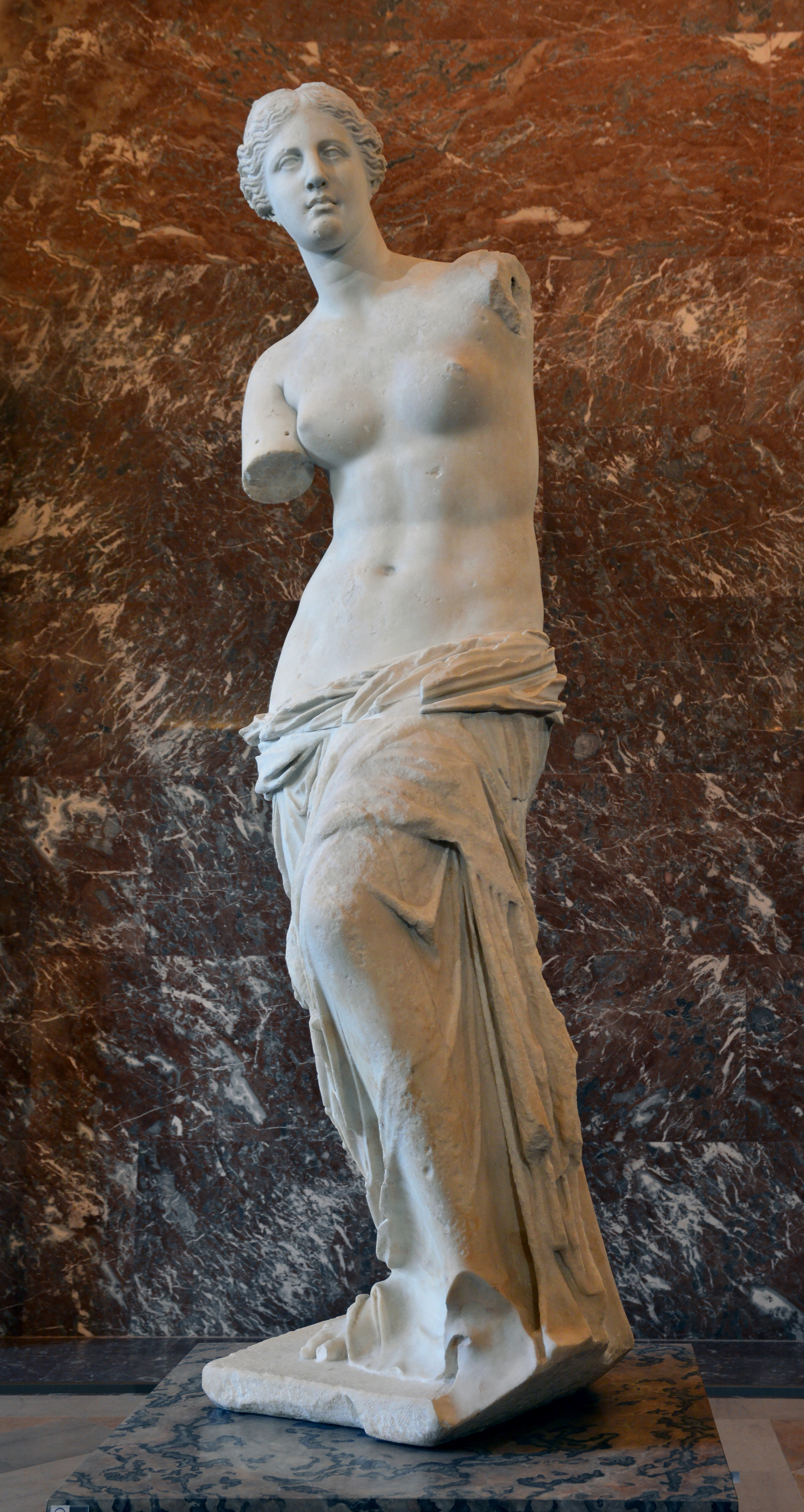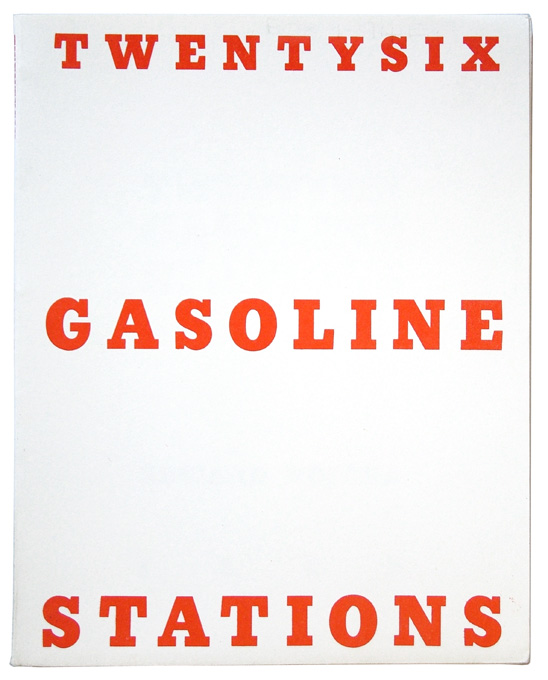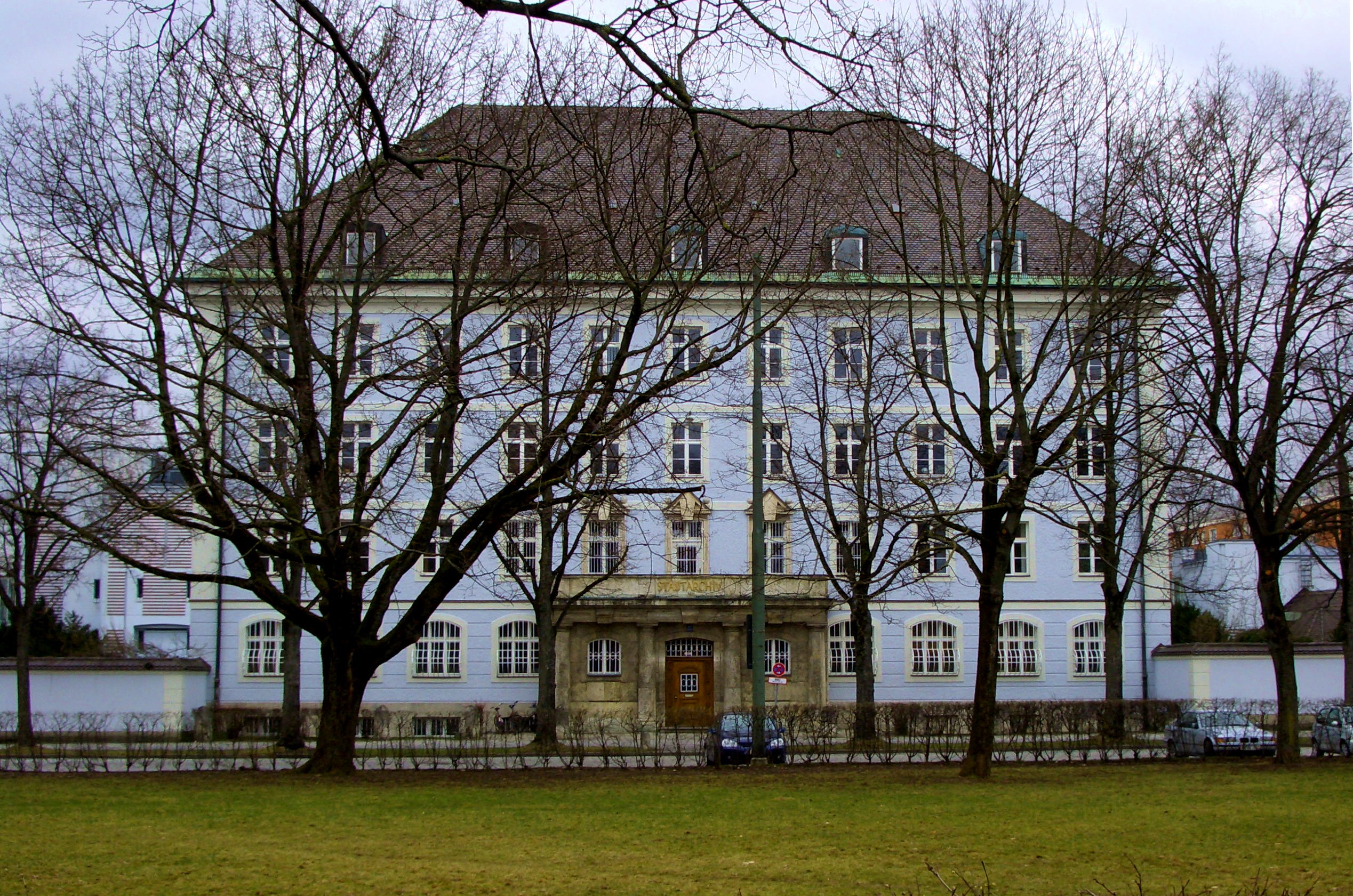|
Forum Queeres Archiv München
The Forum Queeres Archiv München (English: Forum Queer Archive Munich - LGBTIQ* in History and Culture) in Munich, Germany, is an association and archive with collections focusing on LGBTQ+ history and culture in Munich, Bavaria and Germany. It opened in 1999 and was named forum homosexualität münchen – Lesben und Schwule in Geschichte und Kultur e.V. till 2019. Archive The archive collects documents of lesbian, gay, bisexual, transgender and intersex people: private documents, diaries, photo albums and self-created collections of newspaper articles etc., who "have extraordinary significance to cultural history and are not only worthy but important to preserve." The archive in Munich thus followed similar organizations in Berlin and Cologne. The aim of the archive is "to conserve the past of the LGBTIQ* community in and around Munich and to make it accessible to the public". Currently their library consists of about 3600 volumes, which includes research literature on so ... [...More Info...] [...Related Items...] OR: [Wikipedia] [Google] [Baidu] |
Munich
Munich ( ; german: München ; bar, Minga ) is the capital and most populous city of the States of Germany, German state of Bavaria. With a population of 1,558,395 inhabitants as of 31 July 2020, it is the List of cities in Germany by population, third-largest city in Germany, after Berlin and Hamburg, and thus the largest which does not constitute its own state, as well as the List of cities in the European Union by population within city limits, 11th-largest city in the European Union. The Munich Metropolitan Region, city's metropolitan region is home to 6 million people. Straddling the banks of the River Isar (a tributary of the Danube) north of the Northern Limestone Alps, Bavarian Alps, Munich is the seat of the Bavarian Regierungsbezirk, administrative region of Upper Bavaria, while being the population density, most densely populated municipality in Germany (4,500 people per km2). Munich is the second-largest city in the Bavarian dialects, Bavarian dialect area, ... [...More Info...] [...Related Items...] OR: [Wikipedia] [Google] [Baidu] |
Munich Stadtmuseum
The Munich Stadtmuseum (German: "Münchner Stadtmuseum") or Munich City Museum, is the city museum of Munich. It was founded in 1888 by Ernst von Destouches. It is located in the former municipal arsenal and stables, both buildings of the late Gothic period. Permanent exhibitions *Culture history of Munich from the establishment of the city to the present. The exhibition includes among many other artworks the famous gothic Morris dancers, created by Erasmus Grasser for the festival hall of the Old Town Hall, and the original puttos of the Mary's Column. *National Socialism in Munich This exhibitions explains the history of the former "Hauptstadt der Bewegung" (Capital of the aziMovement). *Music collection: More than 2.000 musical instruments from Africa, America, Asia and Europe belong to this grand collection. *Puppet theatre collection: This collection displays the cultural history of the puppet theatre. *Photography collection: The ''Fotomuseum'' was founded in 196 ... [...More Info...] [...Related Items...] OR: [Wikipedia] [Google] [Baidu] |
LGBT Museums And Archives
' is an initialism that stands for lesbian, gay, bisexual, and transgender. In use since the 1990s, the initialism, as well as some of its common variants, functions as an umbrella term for sexuality and gender identity. The LGBT term is an adaptation of the initialism ', which began to replace the term ''gay'' (or ''gay and lesbian'') in reference to the broader LGBT community beginning in the mid-to-late 1980s. When not inclusive of transgender people, the shorter term LGB is still used instead of LGBT. It may refer to anyone who is non-heterosexual or non-cisgender, instead of exclusively to people who are lesbian, gay, bisexual, or transgender. To recognize this inclusion, a popular variant, ', adds the letter ''Q'' for those who identify as queer or are questioning their sexual or gender identity. The initialisms ''LGBT'' or ''GLBT'' are not agreed to by everyone that they are supposed to include. History of the term The first widely used term, ''homosexual'', no ... [...More Info...] [...Related Items...] OR: [Wikipedia] [Google] [Baidu] |
LGBT History In Germany
This is a list of events in lesbian, gay, bisexual and transgender (LGBT) history in Germany. Ancient * 98 – Germanic tribes executing homosexuals and sinking them into swamps are reported by Tacitus. The remains of such corpses have been found in Denmark and Northern Germany. Some were strangled to death before being drowned, while others were drowned alive. * ca. 500 – As the Germanic tribes living south of Scandinavia convert to Christianity their views are confirmed by the Roman Catholic condemnation of homosexuality. However, rather than adopting church- inspired edicts, they maintain their own legal practices. Medieval and early modern periods *ca. 800 – Several laws against homosexual acts are put into effect in the Holy Roman Empire by the Frankish king Charlemagne. His son and successor Louis the Pious is especially homophobic, blaming Noah's flood on homosexuals and endorsing St. Paul's call for the death penalty. *1007 – The Decretum of Burchard of ... [...More Info...] [...Related Items...] OR: [Wikipedia] [Google] [Baidu] |
Artist-run Space
An artist-run space or artist-run centre (Canada) is a gallery or other facility operated or directed by artists, frequently circumventing the structures of public art centers, museums, or commercial galleries and allowing for a more experimental program. An artist-run initiative (ARI) is any project run by artists, including sound or visual artists, to present their and others' projects. They might approximate a traditional art gallery space in appearance or function, or they may take a markedly different approach, limited only by the artist's understanding of the term. "Artist-run initiatives" is an umbrella name for many types of artist-generated activity. Argentina The two main artist-run spaces from Buenos Aires were Belleza y Felicidad and APPETITE, both set the standards for emerging art in Argentina. APPETITE was a gallery was the first Argentinian gallery to be accepted at Frieze, London, and encouraged a lot of galleries to its San Telmo barrio. Australia Many artist- ... [...More Info...] [...Related Items...] OR: [Wikipedia] [Google] [Baidu] |
Lorenza Böttner
Lorenza Böttner (6 March 1959 – January 1994) was a disabled transgender multidisciplinary visual artist. Born in Chile, she later moved to Germany following the amputation of both of her arms, where she studied and began a career in art. Using several art media, including performance pieces, she depicted social outcasts, and she portrayed Petra during opening and the closing ceremonies at the 1992 Summer Paralympics. She died of AIDS-related complications in Munich. Following her death, little of her art was publicly shown until ''documenta'' and Paul B. Preciado began showing her work from 2016 onward. Early life Little is known about Lorenza Böttner's early life. She was born on 6 March 1959 in Punta Arenas, Chile, to parents of German descent. At the age of eight, both of her arms were amputated after she received an electric shock from power lines. The Chilean children's magazine depicted her as an exemplar for other children: Despite losing her arms, the magazine ... [...More Info...] [...Related Items...] OR: [Wikipedia] [Google] [Baidu] |
Munich Documentation Centre For The History Of National Socialism
The NS-Dokumentationszentrum is a museum in the Maxvorstadt area of Munich, Germany, which focuses on the history and consequences of the Nazi regime and the role of Munich as ''Hauptstadt der Bewegung'' (′capital of the movement′). Establishment In December 2005 the government of Bavaria announced that the museum would be situated at the site of the former Brown House, the Nazi Party headquarters, which played an important role in Munich as "capital of the movement" during the rise of the party and the enforcement of Nazism. The Königsplatz, a square for the Nazi Party's mass rallies, is in sighting distance. The cornerstone for the building was laid in March 2012. The museum opened to the public in May 2015. [...More Info...] [...Related Items...] OR: [Wikipedia] [Google] [Baidu] |
Artist's Book
Artists' books (or book arts or book objects) are works of art that utilize the form of the book. They are often published in small editions, though they are sometimes produced as one-of-a-kind objects. Overview Artists' books have employed a wide range of forms, including the traditional Codex form as well as less common forms like scrolls, fold-outs, concertinas or loose items contained in a box. Artists have been active in printing and book production for centuries, but the artist's book is primarily a late 20th-century form. Book forms were also created within earlier movements, such as Dada, Constructivism, Futurism, and Fluxus. Artists' books are made for a variety of reasons. An artist book is generally interactive, portable, movable and easily shared. Some artists books challenge the conventional book format and become sculptural objects. Artists' books may be created in order to make art accessible to people outside of the formal contexts of galleries or museums. Art ... [...More Info...] [...Related Items...] OR: [Wikipedia] [Google] [Baidu] |
Stadtarchiv München
The Stadtarchiv München is the archive for the accumulating material from all municipal offices, businesses and companies of Munich; In addition, private holdings are also archived there. The Stadtarchiv is located in the Schwabing-West district. The older part of the building used to serve as a municipal military office. History Since the Middle Ages, documents from the city life have been archived in Munich. As a rule, the city treasurer was responsible for this task. In 1771, a full-time registrar was appointed, who, starting in 1845, was responsible for keeping records of events that were important from every day. Since 1893 there is a separate municipal office. It was initially located in a building designed by Hans Grässel on Marienplatz; and in 1920 it moved to its current location. Building and location The Stadtarchiv is located in the former municipal military office; the building was built in 1912–1914, also by Hans Grässel; it is an historically listed bui ... [...More Info...] [...Related Items...] OR: [Wikipedia] [Google] [Baidu] |
Paul Hoecker
Paul Hoecker (11 August 1854, Oberlangenau – 13 January 1910, Munich) was a German painter of the Munich School and founding member of the Munich Secession Biography His passion for art developed gradually, beginning at the Gymnasium in Neustadt, where he was known for his humorous drawings and caricatures of his instructors. In 1874, he became a student at the Academy of Fine Arts Munich, which he attended until the spring of 1879. His most influential instructor was Wilhelm von Diez, who led him away from genre painting to a more impressionistic style In 1882, he took a long journey, which included visits to Paris, the Netherlands, Holstein, the German seaports and then back to Munich, where he became friends with Fritz von Uhde, Bruno Piglhein and Max Liebermann. The next year, he had a display at the Munich International Art Exhibition,Fritz von Ostini: ''Paul Hoecker und seine Schule''. Velhagen & Klasings Monatshefte, Heft 6, Februar 1913. then travelled again to ... [...More Info...] [...Related Items...] OR: [Wikipedia] [Google] [Baidu] |
Germany
Germany,, officially the Federal Republic of Germany, is a country in Central Europe. It is the second most populous country in Europe after Russia, and the most populous member state of the European Union. Germany is situated between the Baltic and North seas to the north, and the Alps to the south; it covers an area of , with a population of almost 84 million within its 16 constituent states. Germany borders Denmark to the north, Poland and the Czech Republic to the east, Austria and Switzerland to the south, and France, Luxembourg, Belgium, and the Netherlands to the west. The nation's capital and most populous city is Berlin and its financial centre is Frankfurt; the largest urban area is the Ruhr. Various Germanic tribes have inhabited the northern parts of modern Germany since classical antiquity. A region named Germania was documented before AD 100. In 962, the Kingdom of Germany formed the bulk of the Holy Roman Empire. During the 16th ce ... [...More Info...] [...Related Items...] OR: [Wikipedia] [Google] [Baidu] |
Magnus Hirschfeld
Magnus Hirschfeld (14 May 1868 – 14 May 1935) was a German physician and sexologist. Hirschfeld was educated in philosophy, philology and medicine. An outspoken advocate for sexual minorities, Hirschfeld founded the Scientific-Humanitarian Committee and World League for Sexual Reform. He based his practice in Berlin-Charlottenburg during the Weimar period. Historian Dustin Goltz characterized the committee as having carried out "the first advocacy for homosexual and transgender rights".Goltz, Dustin (2008). "Lesbian, Gay, Bisexual, Transgender, and Queer Movements", In Lind, Amy; Brzuzy, Stephanie (eds.). ''Battleground: Women, Gender, and Sexuality: Volume 2'', pp. 291 ff. Greenwood Publishing Group, He is regarded as one of the most influential sexologists of the twentieth century. Hirschfeld was targeted by Nazis for being Jewish and gay; he was beaten by '' völkisch'' activists in 1920, and in 1933 his ''Institut für Sexualwissenschaft'' was sacked and had its books bur ... [...More Info...] [...Related Items...] OR: [Wikipedia] [Google] [Baidu] |





